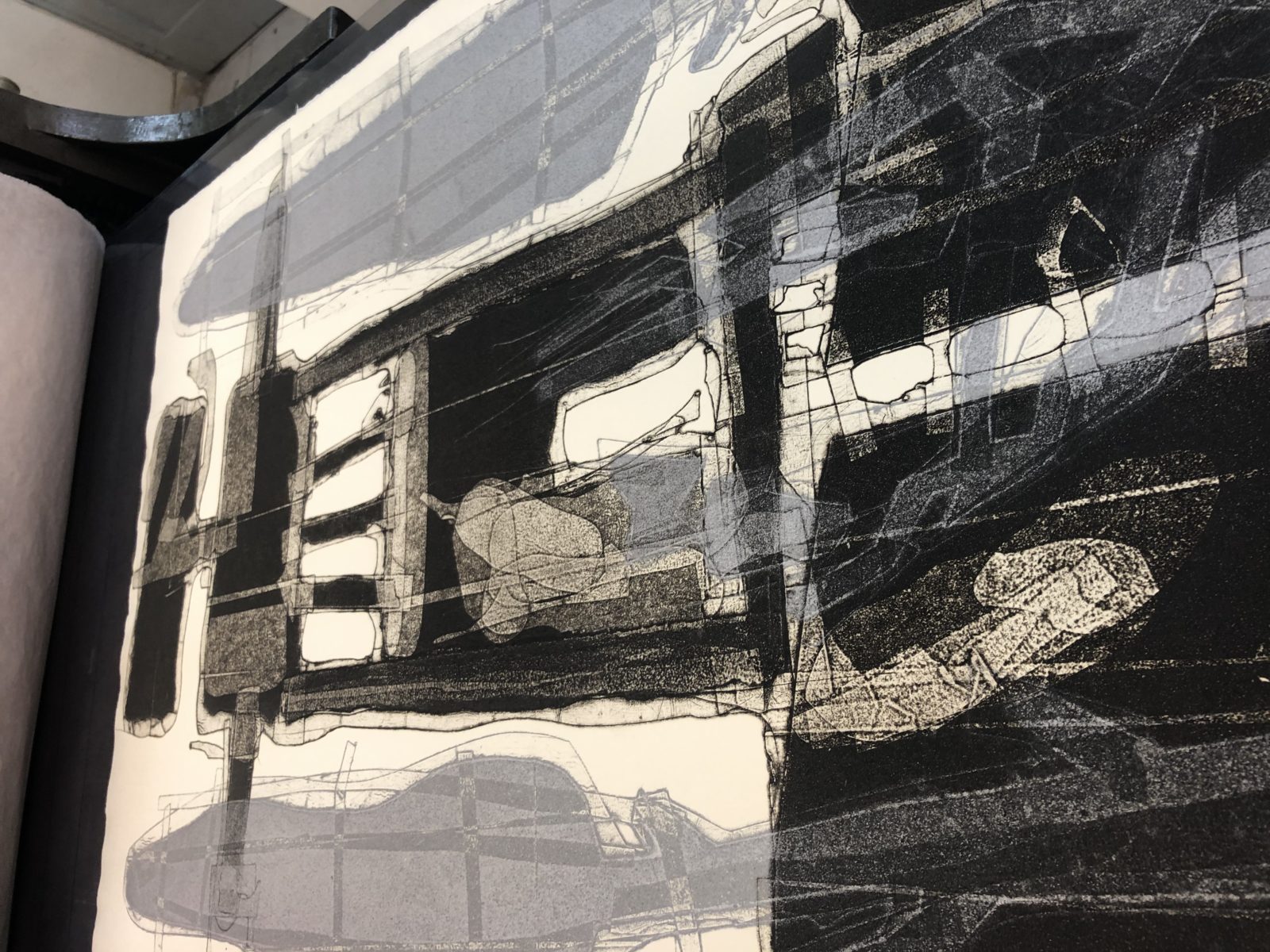
Given by
- José Ignacio Rincón
Dates
- From July 15th to 26th 2019
Schedule
- From Monday until Friday from 9 to 3 p.m.
Number of paticipants
- 12
Admission fee
- 225€
Applications
- In the application at the end of this link
More information
- https://www.grabado-joserincon.com
T2 Workshop on additive techniques. Given by José Ignacio Rincón
From July 15th to 26th 2019
Additive techniques open up new possibilities in relief printing, allowing for the development of new artistic languages where textured surfaces play an important role, enriching the world of traditional printmaking. The only limits are the artist’s needs and imagination. This course is aimed at anyone wishing to broaden their means of expression in the field of printmaking through new potential tools.
OBJECTIVE
To introduce the participants to different materials that can be used to make additive matrices, familiarizing them with how the materials react and the multiple outcomes that can be achieved with each of them. During this process, an analysis will be made of work by other artists, looking at the different types of work they produce.
PROGRAMME
- Additive materials.
Satin: self-adhesive aluminium foil paper, water-based polyurethane varnish. Porous: breathable paint, gesso, sandpapers. - Matrices.
Satin: Melamine-faced hardboard. Porous: plywood, grey card. - Sketches.
What characteristics an intended image should have, depending on the type of matrix.
EXERCISES
With the additive materials and different types of matrices, the participants will be able to experiment with different shades and textures.
- On a porous wood matrix: self-adhesive aluminium foil paper. Water-based polyurethane varnish. Corrosion-resistant metal paint.
- On a porous grey card matrix: self-adhesive aluminium foil paper. Water-based polyurethane varnish.
- On a satin matrix (melamine-coated hardboard): natural textures (plants, textiles). Different types of sandpapers can be used to achieve different shades of grey.
Interaction between additive materials and matri- ces of differing porosities open up wide-ranging potential for plastic expression.


JOSÉ IGNACIO RINCÓN, Sevilla, 1959
He studied at the Madrid Faculty of Fine Art, specializing in printmaking. This was rounded off by courses at Nicolás Salmerón Art Centre and the Círculo de Bellas Artes in Madrid. From 2002 to 2007, he gave printmaking workshops on the summer courses run by CIEC (the International Contemporary Printmaking Centre) in Betanzos, La Coruña, in addition to other international workshops in Portugal, Brazil and Mexico, among other places. His work can be found in collections like that of the Calcografía Nacional in Madrid; Bello Piñeiro Museum in El Ferro, La Coruña; Universidade de Fortaleza museum in Brazil; the Banco Santander collection; the Commerz Bank collection; the Reina Sofía Art Museum in Madrid; and the Deutsche Stiftung.
In 2002, he opened José Rincón Gallery & Studio in order to give printmaking classes to students who are new to the technique, while also offering technical support to artists familiar with printmaking.



